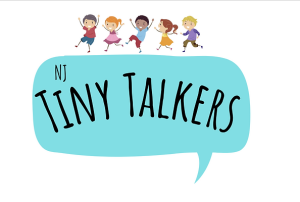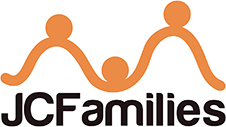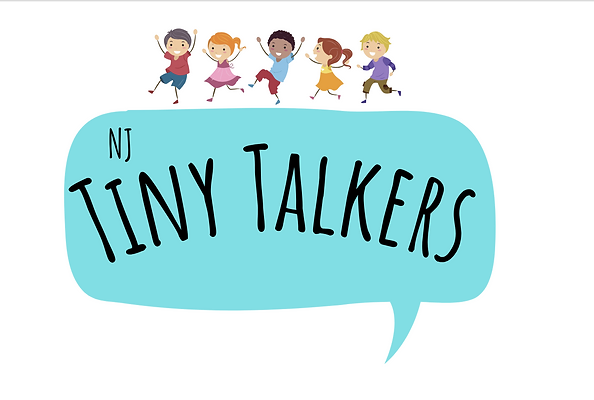4 Tips To Encourage Language During Play
Research shows that children who frequently and consistently engage in conversation with adults build a strong hold over the language with a large vocabulary. Here, we will discuss how allowing children to take the lead in their play and/or daily routines can significantly boost their language development. We’ll delve into the benefits of this approach and offer practical tips for parents and caregivers. We have made it easy by giving 4 tips to encourage language during play. So, let’s embark on this journey of understanding how the simple act of play can unlock a world of words for your Tiny Talker.
Below, we will discuss 4 simple tips and tricks to help encourage communication with your little one through play-based activities and everyday routines. The more input your child receives, the more output your child will produce. Here are some of our favorite ways to encourage language while simply playing with your little one:
Give choices with a visual cue.
-
- This can be incorporated into your morning/bedtime routine by having your child pick out his/her clothes. For example, take out two outfits and have your child pick the ‘red one’ or the ‘purple one’.
- Arts and crafts is another fantastic way to encourage your child to make a choice. Hold up different pieces of paper to see which color they want. Don’t forget to present a verbal model of the choices so your child gets that auditory input!
- Developmentally appropriate activities such as blocks or books can also incorporate choices. A parent can ask their child which color block he/she wants to use next when building a tower or give a choice of which games to play or books to read (e.g., bubbles or blocks)
Model Vocabulary
-
- The modeling language is SO important during play. You might feel like you sound like a broken record, but trust us, your child is listening!
- Using toys like bubbles, blocks, books, music, and crafts is a great starting point to model consistent language. Try to focus on core vocabulary vs. fringe vocabulary. Core vocabulary is more generic and can be used across a variety of activities. Fringe vocabulary is more specific to items/environments (i.e., think nouns).
- Examples of Core words:
- More
- Open
- All done
- Up
- Down
- Help
- Want
- Go
- Stop
- On
- Examples of Core words:
- Modeling is equally as important when expanding utterances. If your child speaks using one-word utterances, the parent/caregiver should model two-word utterances. For example, if your child says, “More!” You can add on by saying, “More blocks!”
Repeated Phrases
-
- Repeated line books are a great way to encourage communication in children.
- We LOVE books like Brown Bear Brown Bear, Dear Zoo, Llama Llama Red Pajama, and Chicka Chicka Boom Boom. All of these stories have the same phrases that appear on almost every page. This is a great way for a child to learn language.
- After you read these books a few times, try pausing to see if your child will fill in the blank (e.g., “Brown bear brown bear, what do you ________”).
- Repeated phrases can also be targeted in simple games/activities. For example, when blowing bubbles or playing with cars, the parent or caregiver can say, “1,2,3, GO!” After some time, try to say “1,2,3…” and leave a long dramatic pause to encourage your child to say, ‘Go!”
- Repeated line books are a great way to encourage communication in children.
Turn Taking
-
- Turn-taking is a fundamental skill that is established within the first year of life. Whether it be shaking a rattle back and forth with a parent/caregiver or playing a game, these social skills help your child interact with others in addition to developing patience, empathy, active listening and self-control.
- Try incorporating turn-taking in activities such as puzzles, stacking blocks, or blowing bubbles.
- When a child blows bubbles, it also helps increase their oral awareness and encourages lip rounding, which strengthens their oral muscles.
- Bubbles also encourage the use of bi-labial sounds (m, b, p) when parents model words such as bubbles, more, pop!
- Try incorporating turn-taking in activities such as puzzles, stacking blocks, or blowing bubbles.
- Turn-taking is a fundamental skill that is established within the first year of life. Whether it be shaking a rattle back and forth with a parent/caregiver or playing a game, these social skills help your child interact with others in addition to developing patience, empathy, active listening and self-control.
Following these 4 tips to encourage language during play can make a difference in the child’s language development and interactions.

Jillian Frank, MA, CCC-SLP, and Dana Kaminsky, MS, CCC-SLP, are licensed, certified speech-language pathologists and owners of NJ Tiny Talkers LLC. They specialize in providing individual therapy services to children with articulation disorders, expressive and receptive language delays, fluency disorders, developmental delays, Autism Spectrum Disorder, motor speech disorders, and more. They also host Mommy and Me classes to promote language development and socialization. Jillian and Dana service clients in Hudson County and are committed to providing high-quality services. They aim to create a supportive and nurturing environment for children to improve their communication skills.
Instagram: @NJTinyTalkers
Email: [email protected]
This content is provided by NJ Tiny Talkers.



